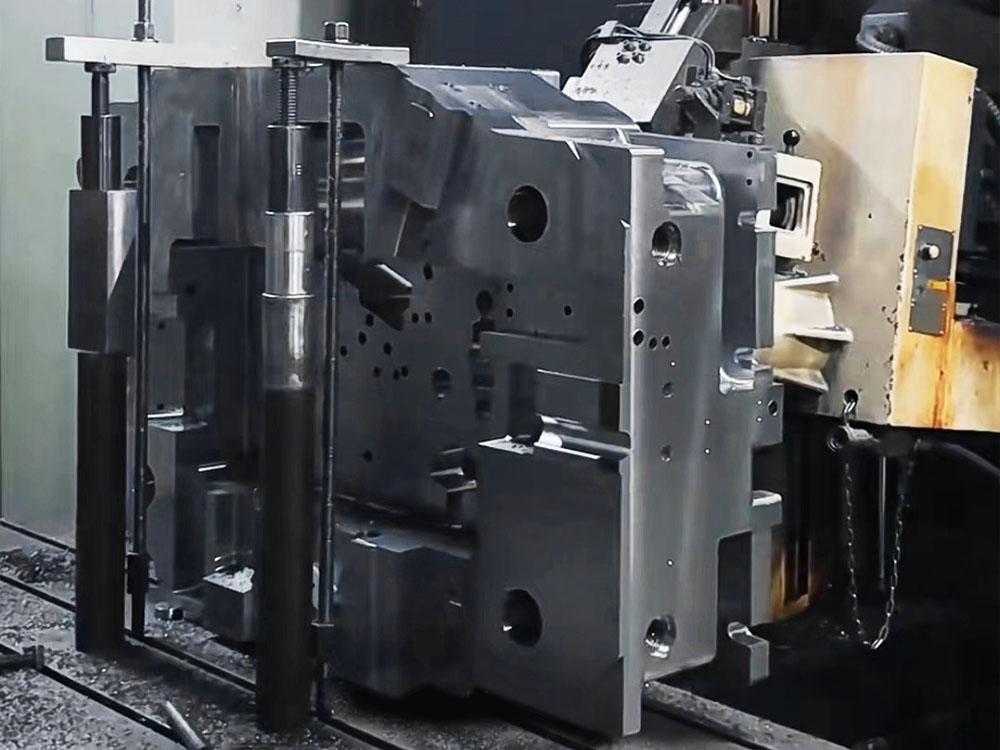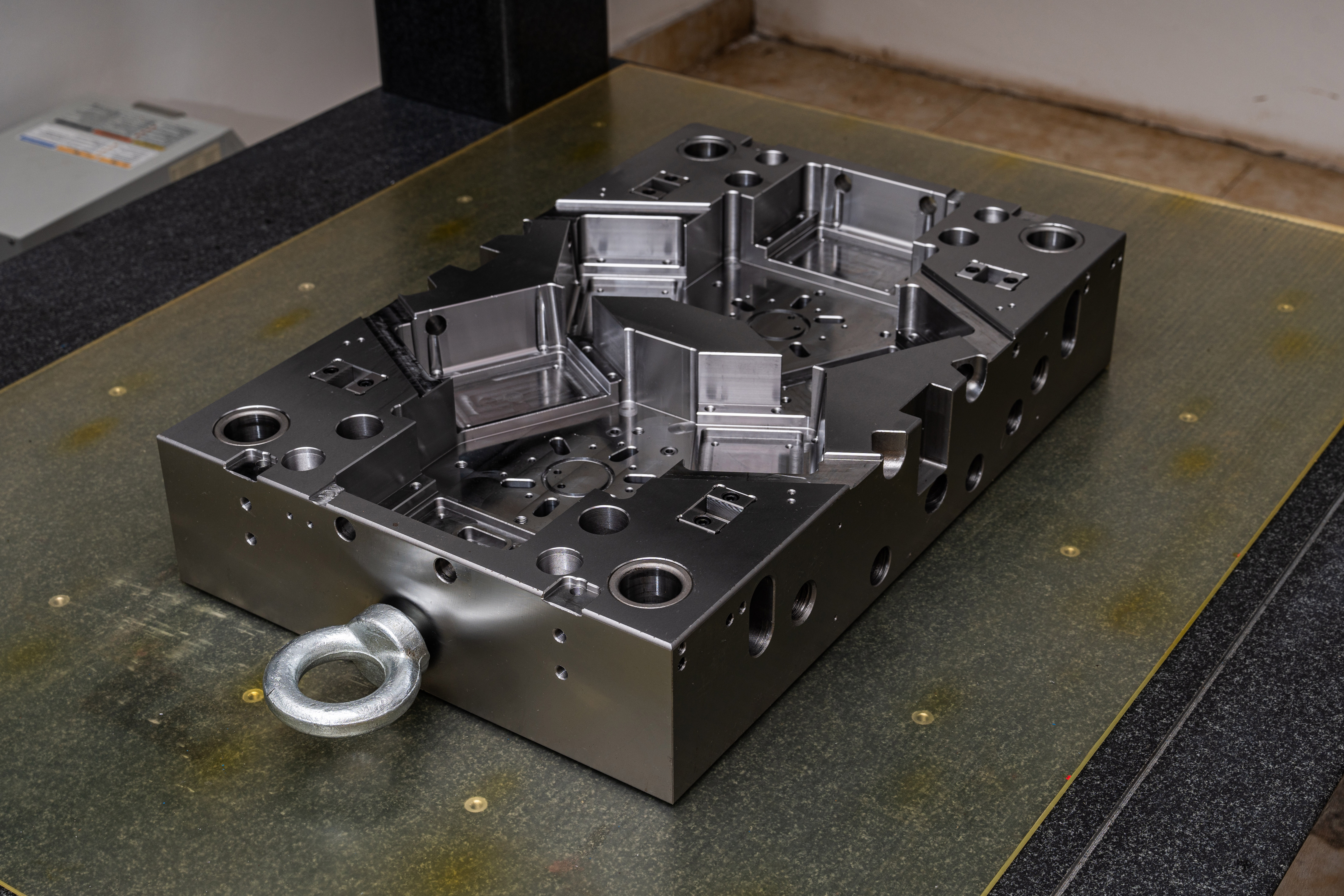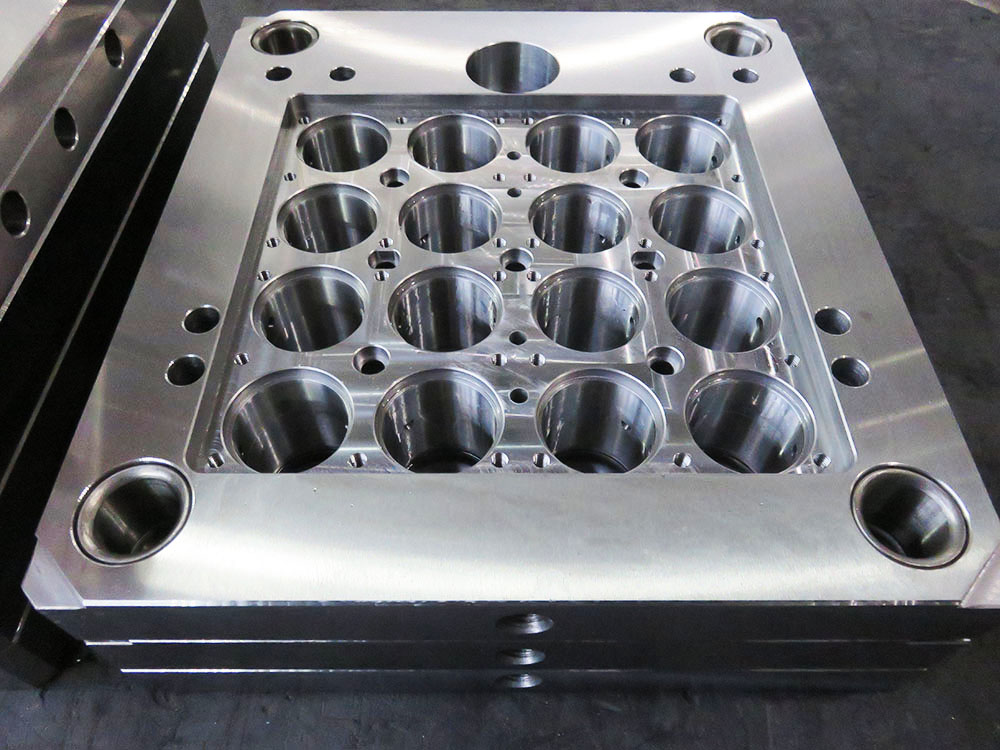How to Create a Simple Mobile App Framework for Images in the Mold Base Industry
Creating a mobile app framework for images in the mold base industry can greatly enhance productivity and efficiency. By having a dedicated app to organize and access images related to mold base design and manufacturing, professionals in the industry can streamline their workflow. In this article, we will guide you through the process of creating a simple mobile app framework specifically tailored for the mold base industry.
Step 1: Define App Requirements
The first step in creating a mobile app framework for images in the mold base industry is to define the specific requirements. Consider the needs of professionals in the industry such as mold designers, engineers, and manufacturers. The app should allow for easy image upload, categorization, search, and collaboration features. It should also be compatible with different mobile devices and operating systems.
Step 2: Choose the Development Platform
Once the requirements are defined, it's time to choose the development platform for the mobile app framework. There are various options available such as native development for iOS or Android, cross-platform development using frameworks like React Native or Xamarin, or web-based development using technologies like HTML5 and CSS3. Consider factors such as development cost, time, and expertise when making this decision.
Step 3: Design the User Interface
The user interface (UI) design of the mobile app framework is crucial for a seamless user experience. Start by creating wireframes and prototypes to visualize the app's structure and navigation flow. Keep the design simple and intuitive, with easy-to-access features for image upload, categorization, and search. Use appropriate color schemes and icons that align with the mold base industry's visual preferences.
Step 4: Develop the App Features
Now it's time to develop the core features of the mobile app framework. Start by creating a user authentication system to ensure secure access to images. Implement a feature for easy image upload, allowing users to capture or select images from galleries and store them in a centralized database. Include options for categorizing images based on attributes such as mold type, component details, and manufacturing stage. Enable a powerful search functionality to let users quickly find specific images when needed.
Step 5: Incorporate Collaboration Features
To enhance productivity and collaboration within the mold base industry, incorporate collaboration features into the app framework. Allow users to share images with colleagues, add comments or annotations, and collaborate on specific projects. Implement a notification system to keep users updated on project activities and changes made by other users.
Step 6: Test and Refine the App
Before launching the app, it's important to thoroughly test all its features and functionalities. Conduct both functional and usability testing to ensure a smooth user experience. Collect feedback from industry professionals and make necessary refinements based on their insights. Iteratively test and refine the app until it meets the desired standards.
Step 7: Deploy and Maintain the App
Once the app is thoroughly tested and refined, it's time to deploy it to the intended users in the mold base industry. Make the app available on popular app stores or distribute it internally within organizations. Regularly maintain and update the app to fix bugs, add new features, and ensure compatibility with evolving mobile technologies.
Conclusion
Creating a simple mobile app framework for images in the mold base industry can significantly improve productivity and streamline workflows for professionals in the industry. By defining app requirements, choosing the right development platform, designing a user-friendly interface, and incorporating essential features like image upload, categorization, search, and collaboration, you can create an app that meets the specific needs of the mold base industry. With proper testing and maintenance, the app can become an invaluable tool for mold designers, engineers, and manufacturers.




